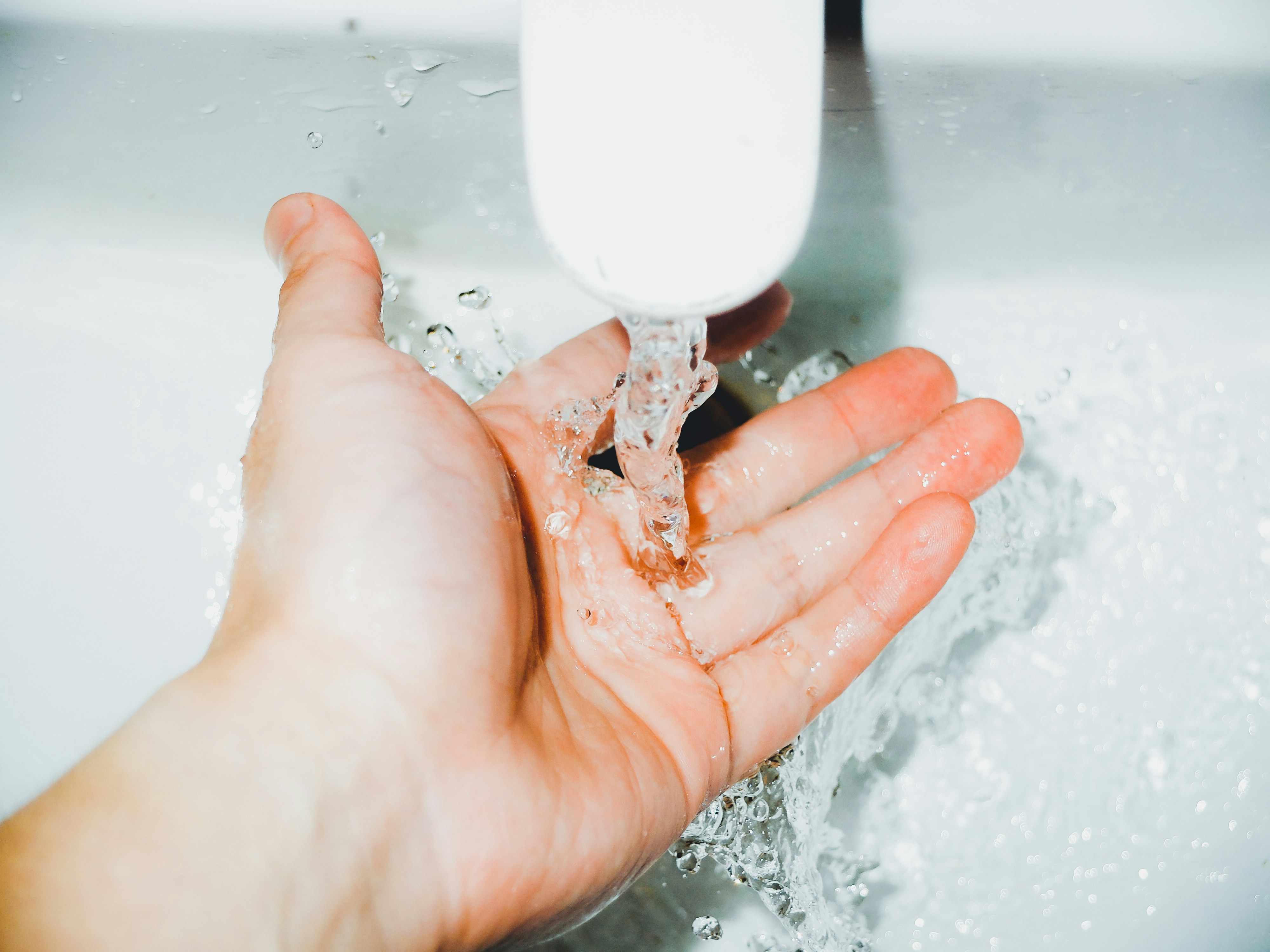As of 1 March 2024, it became a legal requirement under The Repairing Standard for landlords in Scotland to ensure that the water supply in private rented properties is free of lead from the boundary stopcock to the kitchen tap. This rule is a crucial step in protecting tenants from the health risks associated with lead exposure.
Which Properties Are Affected? 🏠
If your property was built before 1970, it must be tested for lead, as the use of lead pipes was banned in 1969. Properties built after this date are exempt, as they should not contain lead pipes.
Responsibility for pipework is split:
- Scottish Water handles the section from the main street to your property boundary.
- Landlords are responsible for the pipework from the boundary stopcock into the home, including all internal plumbing.
How Is Lead Testing Carried Out? 💧
Two key tests are used to determine the presence of lead in the water supply:
-
First-draw water test: A sample is taken after water has remained unused for 12 hours. This identifies lead that may have leached into the water while sitting in the pipes.
-
Running water test: This measures lead levels after water has been flushed through the pipes for two minutes. While this can reduce lead levels temporarily, it’s not a permanent solution.
Scottish Water recommends running the tap for two minutes before use to help reduce lead exposure, especially where lead pipes are suspected.
What If Lead Is Found? ⚠️
Lead content is measured in micrograms per litre (μg/L):
- 10 μg/L or more: Immediate action is required. Lead pipes must be identified and replaced.
- 5.0–10.0 μg/L: A detailed investigation of the plumbing is advised. Any lead found should be removed, and tenants should be advised on reducing exposure.
If you receive a positive lead result:
- Notify Scottish Water. They will replace any lead piping on their side of the supply—free of charge.
- Replace internal and boundary lead pipework. This is the landlord’s responsibility and must be done by a qualified plumber.
- Shared property ownership (e.g., flats): You may need agreement from other owners for external pipework replacements. If majority consent can’t be reached, you may be exempt, but tenants must be notified in writing with “Do Not Drink” signs placed at affected taps.
Alternative Pipe Routes 🔄
If you are unsure of where the lead pipes run in your garden, you can make the old pipework redundant and run new pipework along a different route. This will require:
- An application to Scottish Water to disconnect the old pipework and reconnect new lines.
- A site visit by Scottish Water to assess and approve the reconnection.
- Covering the costs for the new pipework and any garden repairs (unless communal rules apply).
If your building shares a communal water supply, replacing only your own pipes may not solve the issue. In this case, you may apply for a separate connection (toby) to serve only your property. This would be a billable service, and you would also be responsible for associated works and landscaping.
Grants and Support 🧾
You may be eligible for a grant of up to £800 to assist with the cost of replacing lead pipes.
Check your eligibility here: Apply for a grant
Once all lead pipes have been replaced, the water supply should be re-tested to confirm lead levels are within the safe limit. No further testing is required if the result shows the water is safe.
How to Get Started 🔍
If you’re unsure whether your property has lead pipes:
- Start with a visual inspection—look under the kitchen sink for copper, plastic, or lead pipes.
- If unsure, consult a plumber or book a test with Scottish Water (free) or a private testing company (paid).
- All testing must be done by a UKAS-accredited lab under BS17025 standards.
Typical testing focuses on the kitchen tap, but you can request additional outlets like bathroom taps to be tested.
Summary 📝
Lead in drinking water poses a serious health risk, and the new regulations make it clear that ensuring water safety is now a legal responsibility for landlords. If your property was built before 1970, it’s essential to carry out lead testing and, where necessary, replace old pipes to meet compliance and protect your tenants’ wellbeing.
With free testing available, grants to assist with costs, and clear procedures in place, there’s no reason to delay. Taking action not only keeps you on the right side of the law—it also builds trust with your tenants and contributes to safer, healthier homes across Scotland.
Related Links
https://www.mygov.scot/private-water-supplies/apply-for-grant
https://www.gov.scot/publications/repairing-standard-statutory-guidance-private-landlords/pages/14/
If you have any questions regarding this topic, please feel free to get in touch.
Contact Us – https://aalproperty.co.uk/contact-us/
We look forward to supporting you in the months ahead 🔥 ⚡️
AAL Property Solutions 🌲
06/26/2025
